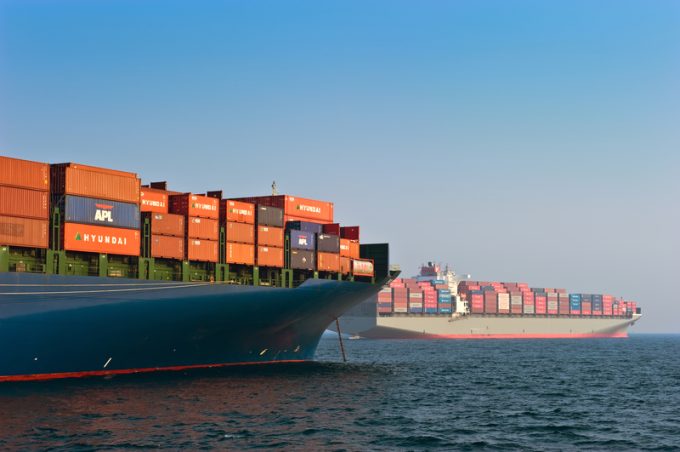With billions to burn, shipping lines fear nothing in H2 25
‘In the name of share’

Ocean carriers are successfully underpinning freight rates through capacity discipline, with reports of container rollovers at Chinese export hubs and detention transhipment ports.
Flexport head of ocean freight (EMEA) Martin Holst-Mikkelsen told The Loadstar: “There is a high utilisation, and services on the [Asia-Europe] trade are ...

Comment on this article
Martyn Benson
May 11, 2020 at 3:25 pmHolding rates at variances of one or two percent from pre-corona is no victory when the real cost is to withdraw hundreds of sailings and tens of thousands of slots. End result will be large and costs to idle fleet, less productive container cycles and box management (wrong boxes in the wrong place at the wrong time and more incremental leasing) but with the overall reduced income more thinly spread to cover the fixed costs.
First there was a slow down in Chinese exports in March and then the knock-on effects of lock-downs in the receiving ports ion Europe and the US, This then translates into congestion and box imbalances and the net result will not be ‘holding the rates’ but bottom line canyons of red figures which could spell disaster when the additional new-build mega ships all trickle into action.